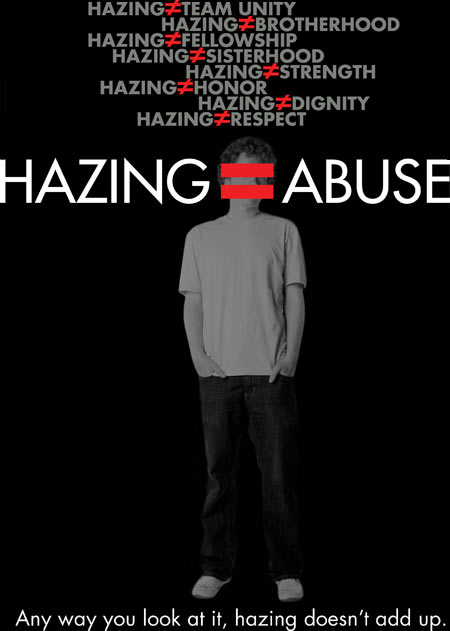Many people recently asked me to talk more about the flow state - a topic I touched on in last week's post.
“Flow”, the state where we feel in command of what we do, do it effortlessly, and perform at our best, was discovered by researchers at the University of Chicago. They asked a wide range of people, “Tell us about a time you outdid yourself – you performed at your peak.” No matter who answered – ballerinas, chess champs, surgeons – they all described the flow state. One of flow’s best features: it feels great.
Today we all realize that we do our best work in those special moments when we are in flow.And for leaders helping people get into flow and stay there means they will work at their peak abilities.
But how do you get into flow in the first place? I can think of three main pathways.
The first matches a person’s tasks to his or her skill set. In the Chicago study, this was put in terms of the ratio of a person’s abilities to the demand of the task. The more a challenge requires us to deploy our best skills, the more likely we will become absorbed in flow.
If we are under-challenged – it’s too easy – our performance suffers and we end up bored or disengaged. That’s the plight of a large portion of knowledge workers, some statistics suggest. Upping the challenge would engage more of these people, and for a lucky few perhaps get them into flow.
The final common pathway of any approach to flow is fully absorbed focus. The stronger the concentration we bring to a task, the more likely we are to drop into flow while doing it. While the other paths to flow depend on getting the externals right – the challenge/demand ratio, or finding work that aligns ethics, excellence and engagement – full focus is an inner dimension. The better our ability to pay attention to what we choose and ignore distractions, the stronger our concentration.
Strong focus can bring us into flow no matter the task at hand. This is an inner strength we develop and strengthen. Mindfulness, for instance, is one way to bulk up the muscle of attention, particularly if we use mindfulness to notice when we have wandered away from a chosen point of focus and bring our attention back. That, in fact, is the basic repetition fortoning up concentration in the mental gym, according to research done at Emory University.
We can strengthen this ability on our own time, just as we would go to the gym after work. A daily mental workout where you use your breath as the point of concentration, and continually bring your wandering mind back to your breath, will bulk up your power to focus. Regular brain strengthening should help you find your way to flow no matter what you do.
This Thursday I’ll be at UC Berkeley to discuss lessons such as these from my new bookFocus: The Hidden Driver of Excellence. And on Friday, November 22, I’m speaking at Spirit Rock in Marin County, a center where you can go for retreats on mindfulness – an industrial strength dose of the attention training you’d get at work. There I’m eager to hear from any coaches who are using mindfulness with their clients, or anyone who has learnedmindfulness at work, to see what they have to say.









